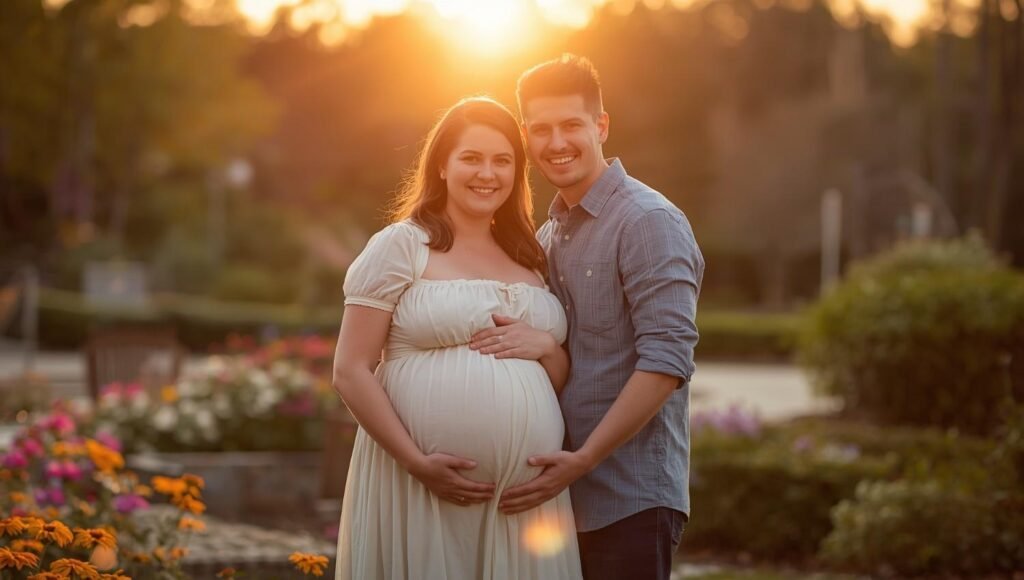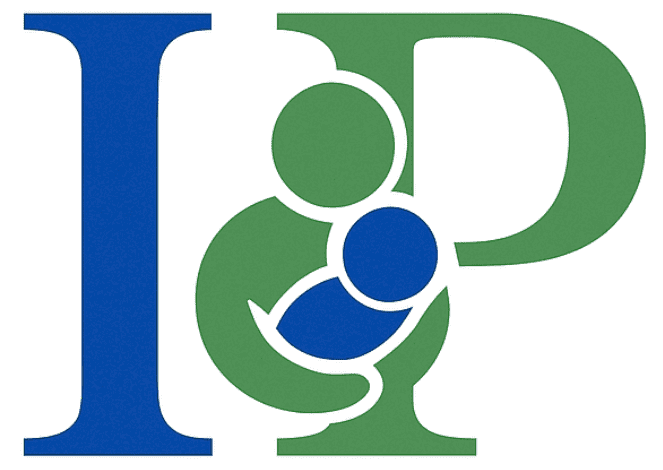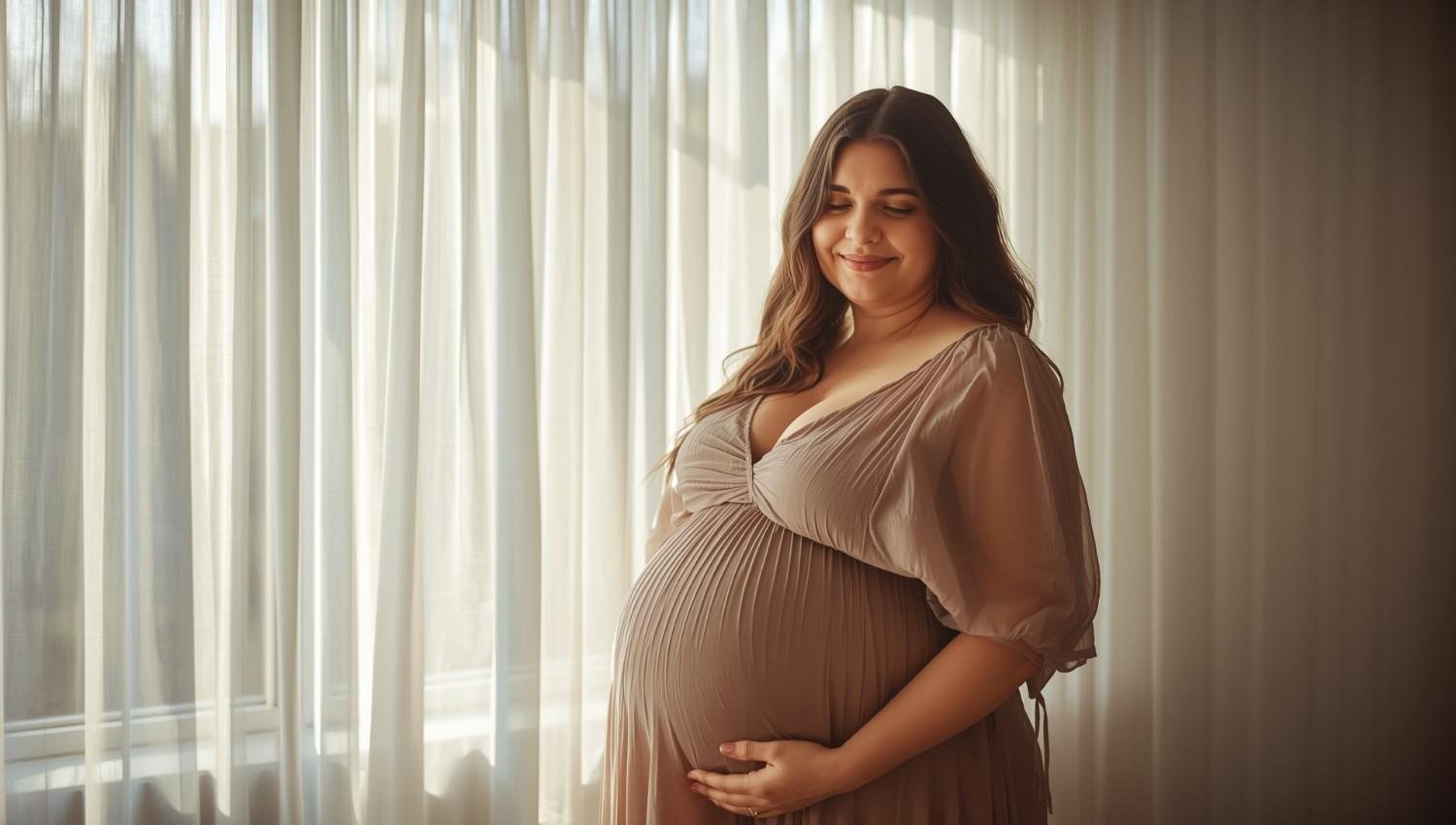Introduction
From the moment you realize you’re awaiting twins, the experience of big belly twins can feel both exhilarating and absolutely daunting. You watch your belly expand much faster than expected — a transformation that feels remarkable yet slightly unsettling. My first big belly twins pregnancy made me wonder if this amount of growth is normal and whether such rapid stretching is safe for the babies. Very quickly, this change becomes a daily norm, filled with both discomfort and deep excitement.
Living the Twin Belly Experience
The journey is a mix of anticipation, practical adjustments, and a relentless quest for reassurance. You begin to anticipate the full spectrum — the science, the daily hurdles, the visible physical changes, the focus on nutrition, constant medical oversight, disrupted sleep, emotional support, and evolving body image — all needing expertise and empathy. Every day feels like a personal lesson in strength, reminding you how extraordinary the body can be when carrying two lives at once.
What does “big belly twins” really mean?
The term big belly twins refers to the rapid abdominal growth often seen in twin pregnancies, where the belly appears sooner and grows more impressively than with a single baby. This happens due to greater uterine expansion to support two little lives, as the body’s adaptation begins early. Factors like increased amniotic fluid, amplified blood volume, and dynamic hormonal shifts — including elevated levels of hCG, relaxin, and progesterone — can create a tight belly, with the skin stretched well into the second trimester. For some, the bump pops forward in the first trimester, while others show a gentler curve, depending on individual body shapes, previous pregnancies, genetics, maternal age, parity, and fetal position, shaping a truly unique physical story.
Why does belly size matter during a twin pregnancy?
A visible fast-growing bump isn’t just about aesthetics — it acts as a medical signpost in big belly twins pregnancies, often leading to increased prenatal care and frequent checkups to monitor fetal growth by ultrasound and maternal wellbeing. With double the load and double the energy demand, parents may experience pronounced fatigue, stretch marks, and abdominal discomfort, while early showing can spark social discussions or even unwanted advice. Managing this journey involves comfort amidst daily demands — adjusting rest patterns, using supportive devices like maternity belts and pillows, and leaning on specialized twin parent networks or online groups, where solidarity, friends, and family often become a real lifeline.
The science behind twin belly size
When comparing bump size, the silhouette of big belly twins depends on more than just the number of fetuses — though two babies need more real estate, that’s only the beginning. The type of twins plays a major role: dizygotic fraternal twins, with two placentas and two sacs, often create a broader bump, while monozygotic identical twins may share internal housing, sometimes condensing and changing how the belly protrudes. Add variations in amniotic fluid volume, hormonal changes, vascular changes, and pronounced physical adaptation, and the external appearance shifts even more. Maternal anatomy — such as petite or athletic women who may show earlier, previous pregnancies, the natural elasticity of the abdominal wall, baby position (like breech, cephalic, transverse), and placental location all shape the contour and projection of the bump.

Medical lens: why close monitoring is essential
With big belly twins, frequent enhanced medical surveillance becomes standard — especially serial ultrasounds to track growth and equity between fetuses, rather than relying on external belly size. Routine blood pressure checks, lab checks for gestational hypertension, preeclampsia, and anemia, plus cervical measurements to assess preterm birth risk, are crucial — especially with extremely rapid belly growth or pain. Red flags like sudden dramatic increases in belly circumference, heavy swelling, edema, persistent pain, regular contractions, changes in fetal movement, or suspected polyhydramnios or twin-to-twin transfusion syndrome need immediate evaluation. Bump size alone is an unreliable indicator — real clinical insight comes from physical measurements, sonographic data, and biochemical data.
Physical changes and symptoms to expect
As the abdomen changes with big belly twins, the shifting center of gravity leads to back pain, postural changes, and spinal biomechanics adapting, sometimes with unwelcome aches. Joint strain in the hips and pelvis is common due to extra weight and hormonal changes like relaxin softening ligaments, causing instability. Many also experience digestive disturbances — heartburn, constipation, early satiety — driven by hormonal action and uterine pressure on the stomach and bowel. Swelling, due to elevated blood volume and vascular permeability, may show as puffy ankles, hands, or even facial swelling. Skin-related symptoms like pruritus, itching, tautness, and stretch marks (striae gravidarum) are common. Supportive strategies include moisturizing daily, elevating legs, wear compression stockings, trying prenatal massage, gentle yoga (medically approved), supportive shoes, and loose breathable clothing to minimize discomfort and regulate temperature.
Nutrition, weight gain, and digestive balance
Because twins demand more, expect about 600 extra calories daily compared to singleton pregnancies, according to the American College of Obstetricians and Gynecologists — but this isn’t a license for unrestricted eating. Focus on nutrient density — lean proteins, iron-rich vegetables, dairy, nuts, whole grains — to support optimal fetal growth. Tailored supplements like iron (for both maternal and fetal blood supply), omega-3 fatty acids (for neural development), iodine, and a prenatal multivitamin are often advised. Multiple small meals can help ease reflux and maintain energy, while hydration with ample fluids helps reduce constipation, lower infection risk, and support increased blood volume. Recommended weight gain for big belly twins ranges from 33 to 53 pounds (15 to 24 kg)across the pregnancy term, with regular monitoring by a healthcare provider ensuring healthy pacing, especially when nausea or digestive symptoms make intake challenging.

Twin types, configurations, and implications for birth
The twin type — whether dizygotic or monozygotic — influences both the genetic sequelae and practical sequelae of pregnancy planning and delivery planning. Dizygotic twins often have separate placentas and separate sacs, which can lower certain risks, while monozygotic twins may share a placenta, increasing the chance of twin-to-twin transfusion syndrome due to unique intrauterine interactions. When contemplating delivery, medical teams assess whether both twins are head-down, if there is sufficient space, and any indicators for preterm labor. A vaginal birth is possible when the leading twin is in cephalic presentation, but a cesarean becomes the best choice if complications arise, with surgeons, anesthetists, and pediatricians always on hand. Packing your hospital bag sooner, choosing loose clothing and comfort items, reflects how early deliveries are common in twin pregnancies.
Sleep, comfort, and strategy: managing daily life
As belly size grows, restful sleep becomes difficult, making side-lying left a common recommendation as it maximizes blood flow to both babies and minimizes swelling. Many find relief using specialized pregnancy pillows — between the knees, under the bump, or along the back — for improved nighttime comfort. During the day, maternity belts help offload abdominal and back strain, while compression stockings act as a defense against swelling, especially when spending periods upright. Supportive shoes, regular leg elevation, gentle stretching, and prenatal exercise within safe parameters all contribute toward maintaining comfort and mobility.
Emotional landscape and social experience: body image, resilience, and networks
Big belly twins often spark commentary — from admiration to unsolicited opinions about shape or timing, making it vital to maintain emotional balance. Many parents find peace by connecting with twin families, online forums, or local groups while practicing body-positive self-reflection, celebrating the body’s strength and functionality to counter negative self-image. It’s common to experience swings between pride and uncertainty, but it’s important to remember that the visible bump does not predict baby size, does not predict health, and does not predict timing of arrival — science substantiates this. Learning to field myths and stereotypes — such as “bigger twins come sooner” — with a calmly informed answer helps protect your mental space.
Key milestones: fetal development, medical tracking, and postpartum recovery
Between weeks 12 to 20, twins develop organs, limbs, and form early neurological connections, while beyond 20 weeks the focus shifts to maturation, fat deposition, and practicing breathing movements. In the third trimester, slowing weight gain is normal as physical space gets tight, and delivery often occurs by 36 weeks, with twin weights lower on average than singletons — usually managed smoothly with routine medical support despite initial challenges. Post-birth, the postpartum belly may remain distended, particularly due to diastasis recti, or separation of the abdominal wall, a common occurrence in big-belly twins. Be patient — physical recovery is rarely instantaneous. Pelvic floor rehabilitation, abdominal rehabilitation, and medical supervision lay the groundwork for strength and comfort.
Strategies for comfort, self-care, and adaptation
Staying well begins with hydration, warm baths (not hot), and prenatal massage to relieve tense muscles, promote relaxation, and improve sleep quality. Gentle activity — like walking, stretching, or yoga with medical permission— can stimulate circulation and aid digestion. Embracing delegation, routine adjustment, and rethinking daily expectations helps conserve energy — there is no merit in pushing past physical limits. Community support, whether through sharing your story, connecting in person or online, or seeking expert input, can transform uncertainty into empowerment.

Big belly twins in the digital era: connection and reflection
Social media is actively shaping perceptions of big belly twins, offering motivation through documenting changing shape — via photos, journals, or vlogs — while others find comfort in anonymity and shared experience within online communities. These forums serve practical functions, offering advice on maternity wear and coping with unsolicited attention.
Key takeaways
Big belly twins pregnancies are shaped by genetics, fetal positioning, twin type, and maternal physiology — variation is expected and normal. Fast, visible growth is a hallmark of twin gestation, yet bump size does not predict baby health or birth timing. Medical teams rely on ultrasound scans, not external measurements, to assess growth, fluid, and safety. Be alert to sudden pain, swelling, contractions, or changes in fetal activity, and discuss them with your healthcare provider. Prioritize comfort through hydration, supportive gear, adequate rest, and tailored nutrition. Engage support networks — both practical and emotional. Postpartum recovery, especially with abdominal wall changes, requires patience and medical guidance. Explore further resources, personalized advice, and accessible health tools like the Heloa app to stay well-informed. Whether smooth or full of twists, your journey is unique, guided by knowledge, compassion, and the double heartbeat under your palm.
Questions Parents Ask
Can a bigger belly mean twins or something else?
It’s common to assume a larger bump means twins, but belly size alone is not a reliable indicator. Body type, previous pregnancies, amniotic fluid levels, and how your body carries can all make the bump appear bigger. Only an ultrasound or evaluation by a healthcare provider can confirm a twin pregnancy. Every pregnancy is unique — a big belly doesn’t always mean twins.
When does a twin pregnancy bump usually start to show?
Most twin pregnancies begin to show earlier than single pregnancies — often around the end of the first trimester or early second trimester. This happens because the uterus expands faster to make room for two babies. The exact timing can still vary based on body shape, previous pregnancies, and fluid levels — so showing early is completely normal.
Is it normal for my belly to look larger if I’m petite or have a small build?
Yes — absolutely normal. If you have a smaller frame or less abdominal space, your belly may appear bigger or show earlier in a twin pregnancy. This is simply your body adapting efficiently. You might feel more physical pressure, but it’s usually a sign of strength and resilience — not a problem. If anything feels uncomfortable or unusual, always reach out to your provider.
Additional Helpful Questions
Does a larger belly mean a more difficult pregnancy or labor?
Not necessarily. Belly size alone does not predict difficulty, pain level, or birth outcome. Medical monitoring — not appearance — is what guides safe decisions.
Can I still have a vaginal birth with twins?
Yes — vaginal birth is possible, especially if the first twin is head-down. Your doctor will make the safest delivery plan based on positioning and other medical factors.
Will I feel movement earlier with twins?
Some parents report feeling movement slightly earlier or more frequently due to more activity and less space inside— but this varies from person to person.
When should I contact my doctor about belly changes?
Immediately contact your provider if you notice sudden swelling, sharp pain, regular contractions, or reduced fetal movement — these could be important signs that need checking.

